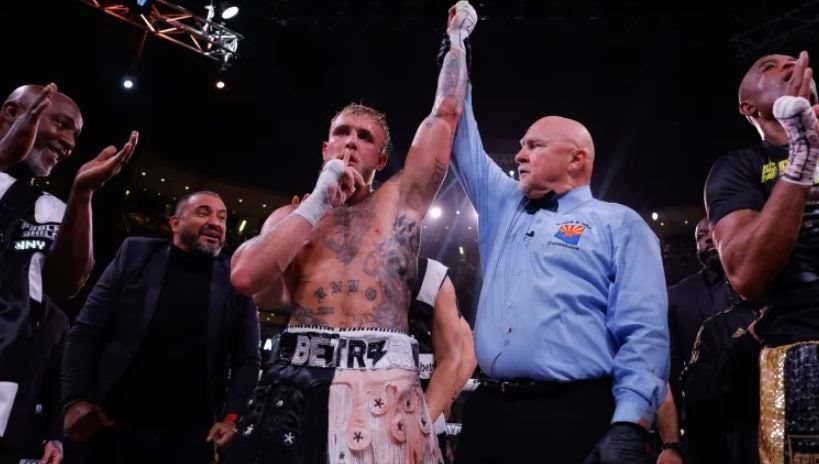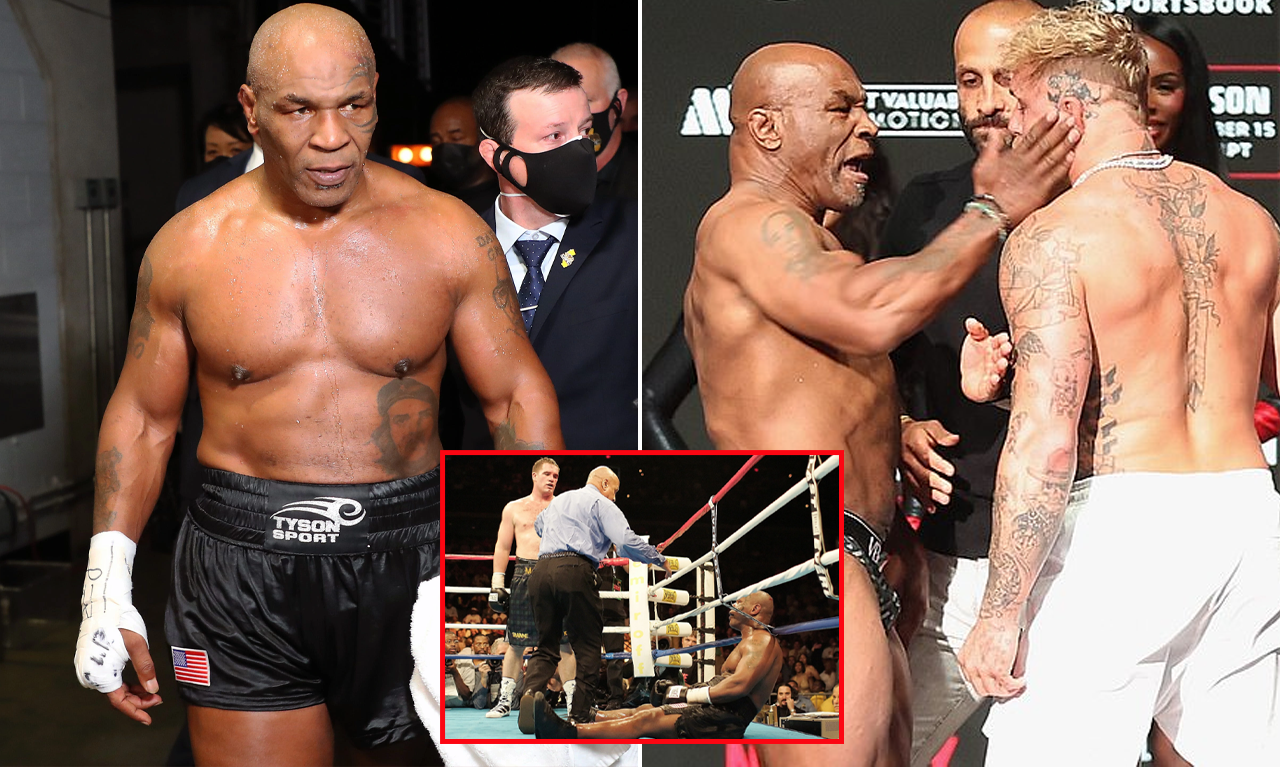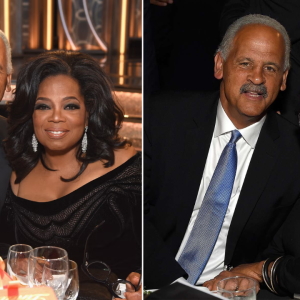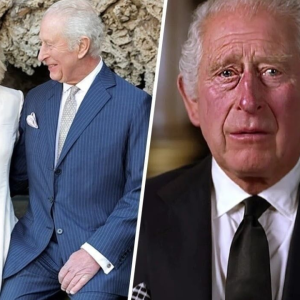Mike Tyson will enter the ring in a professional match with 27-year-old YouTuber Jake Paul at AT&T Stadium (Texas), after more than 7,000 days since his last professional appearance.

Mike Tyson stepped into the ring, but his youthful appearance did not reflect the power he possessed.
It was 1985 and the heavyweight was about to make his professional boxing debut. One minute and 47 seconds later, Tyson, then 18, forced his opponent, Hector Mercedes, to retreat after a series of brutal blows to the body and head.
It was the start of a formidable boxing career for Tyson, with its highs and lows. Now, 39 years later, “Iron Mike” is returning to the ring at the age of 58.

On November 15 (local time), Mike Tyson will put on gloves again for a professional match with 27-year-old YouTuber Jake Paul at AT&T Stadium, home of the Dallas Cowboys, after more than 7,000 days since his last professional appearance.
Tyson’s last professional fight was a loss to Kevin McBride more than 19 years ago, and his last exhibition fight was four years ago. At the time, incidentally, Paul was only fighting his second professional fight in that event.

The pair were originally scheduled to fight in July this year, although the fight was postponed when Tyson suffered a stomach ulcer.
Competing at the highest level poses challenges as athletes age, with physical and mental recovery becoming more difficult. And in a sport like boxing, it poses neurological challenges as well.

According to Dr. Nitin K Sethi – Associate Clinical Professor of Neurology at Weill Cornell Medical College, because his entire career involved taking hits to the head, Tyson could be at high risk of nerve damage when he returns to the ring.
In particular, boxing commissions often classify boxers as being at “high risk” of injury if they compete over the age of 40.

“When you’re talking about boxers who are now over 40, you’re concerned about two things,” Dr. Sethi, who also works as a ringside physician, told CNN. “One, I’m concerned about being in the ring, is that boxer more susceptible to serious traumatic brain injury because of his age? The second thing I’m concerned about is this is a boxer who has been boxing professionally for many years, there are concerns about chronic neurological injury.”
CNN has reached out to Tyson for comment on any potential health concerns he may have ahead of the fight with Paul.

Boxing is a “special” sport, Dr Sethi explains, where the goal is to punch an opponent – mostly to the head – and cause a knockout, which means boxing comes with very specific health concerns.
As a ringside doctor, Sethi has seen firsthand how frequently concussions occur in boxing. He says that if he were to step in and stop a fight every time a fighter showed symptoms that suggested a concussion, “there wouldn’t be any boxing at all.”
But the real danger of the sport doesn’t come just from the powerful, explosive knockouts that get fans on their feet. The long-term consequences can come from the repeated blows to the head that fighters take throughout the fight and in training.
“When someone has a career that involves a lot of impact to the head – both in training, sparring and in the ring – these head injuries and head impacts are going to increase,” Sethi said. “That’s why when it comes to chronic neurological injuries in boxing, I personally feel like it’s a bigger problem.”
Unlike knockouts and the obvious signs of concussion, however, the cumulative effects of these long-term hits only appear after “the spotlight is off them, so no one cares,” Sethi explains.

Fighters can develop symptoms or conditions such as insomnia, chronic dizziness, chronic concussion symptoms, chronic Parkinson’s signs, and chronic traumatic encephalopathy (CTE) long after they retire.
But Sethi believes it is important to be aware of the impact on the brain of repeated blows to the head on a boxer throughout their career and learn how to protect them from long-term neurological problems. And the risk of neurological complications increases with age.
Many boxers continue to fight past the age of 40, with legends such as Sugar Ray Robinson, George Foreman, Evander Holyfield and Larry Holmes all fighting past that age.
“The reason 40 years of age is used as a threshold is because of the concern that as older fighters enter the ring, they are more susceptible to injury, or that older brains process concussions less well than younger brains,” Dr. Sethi explains.
“You can look at it both ways. One is the likelihood that they will get injured. And then, when they do get injured, does age affect the healing process?”
Tyson falls into both of those categories, as he will be fighting at age 58 and has not fought professionally since 2005.
According to the Texas Department of Licensing and Regulation (TDLR) – the board that approves professional fights – fighters over the age of 36 must submit a recent EEG or EKG test result before competing. The test results “must be favorable for fighters to be cleared to compete.”
TDLR said it had approved a professional bout between Tyson and Paul with some exemptions, under which the fight would last eight rounds of two minutes each and both fighters would wear 14-ounce gloves.



